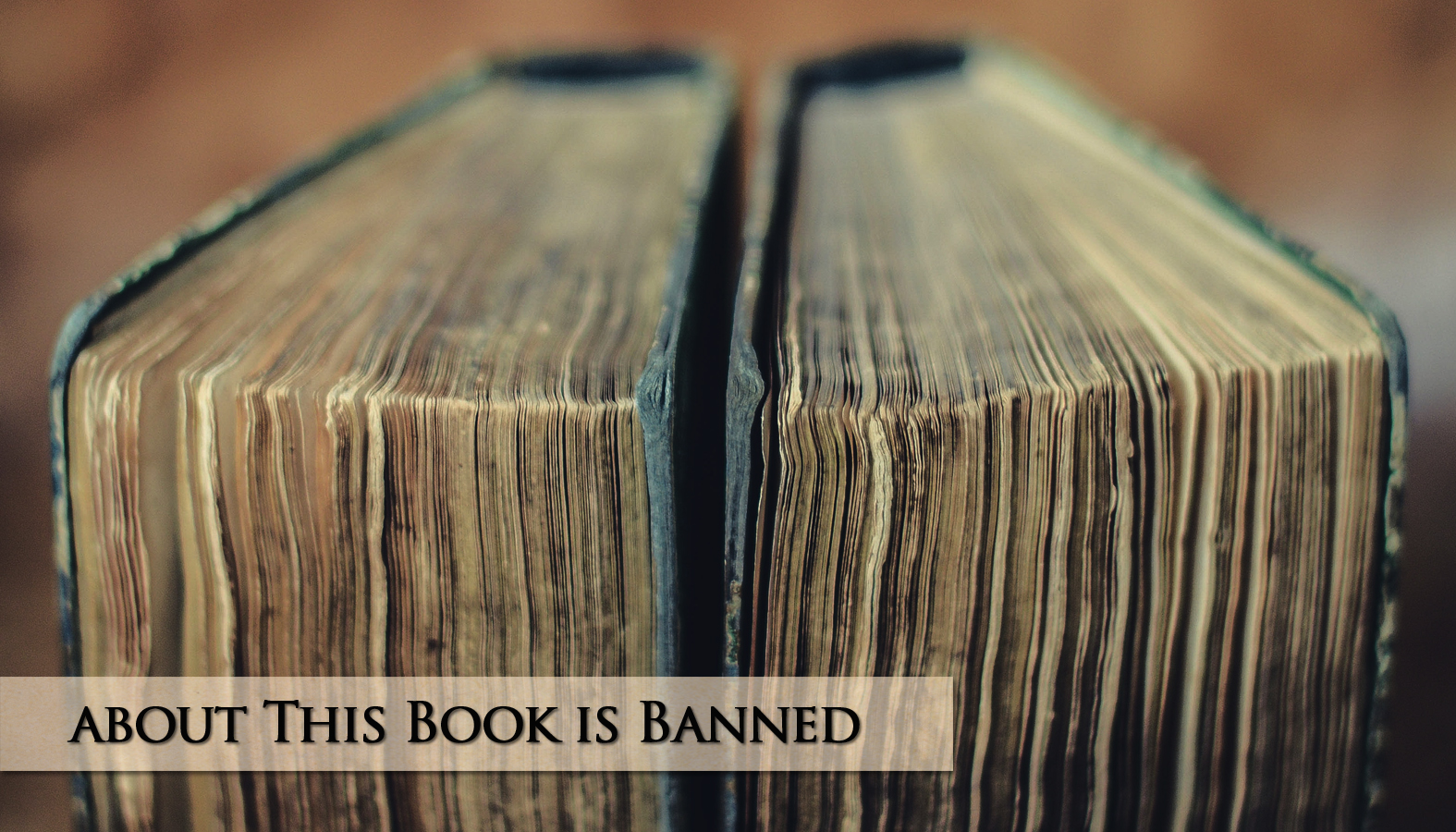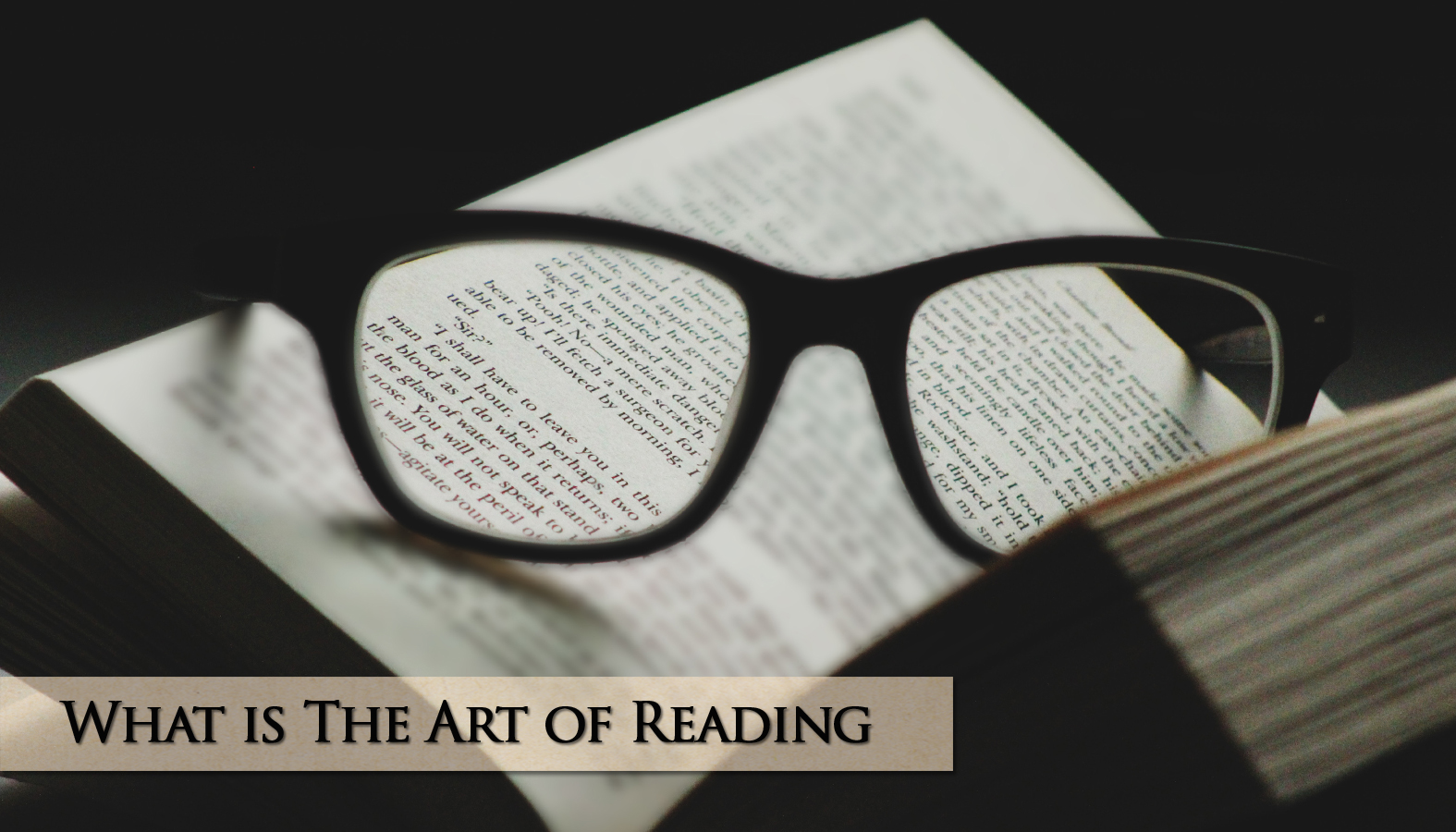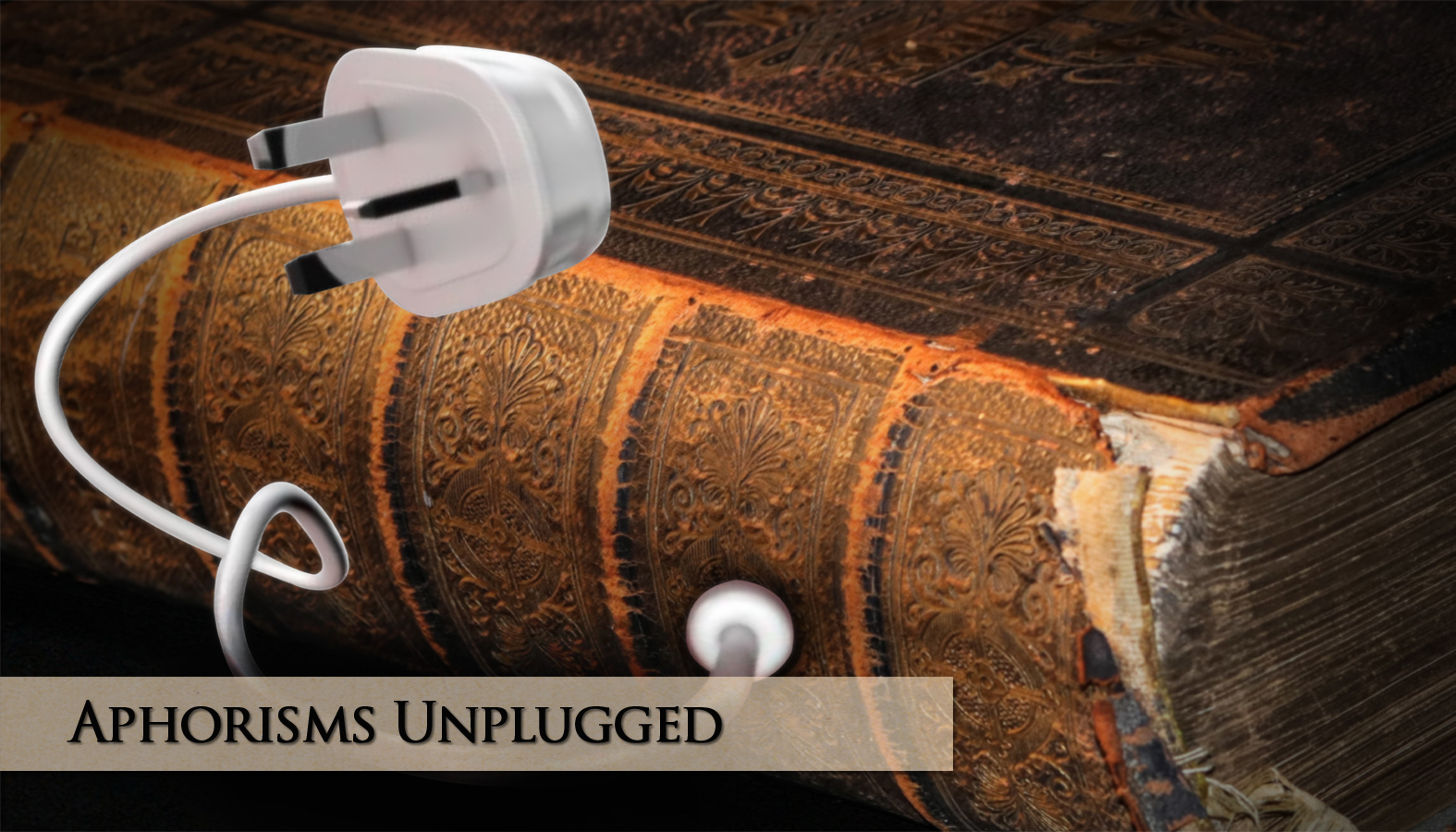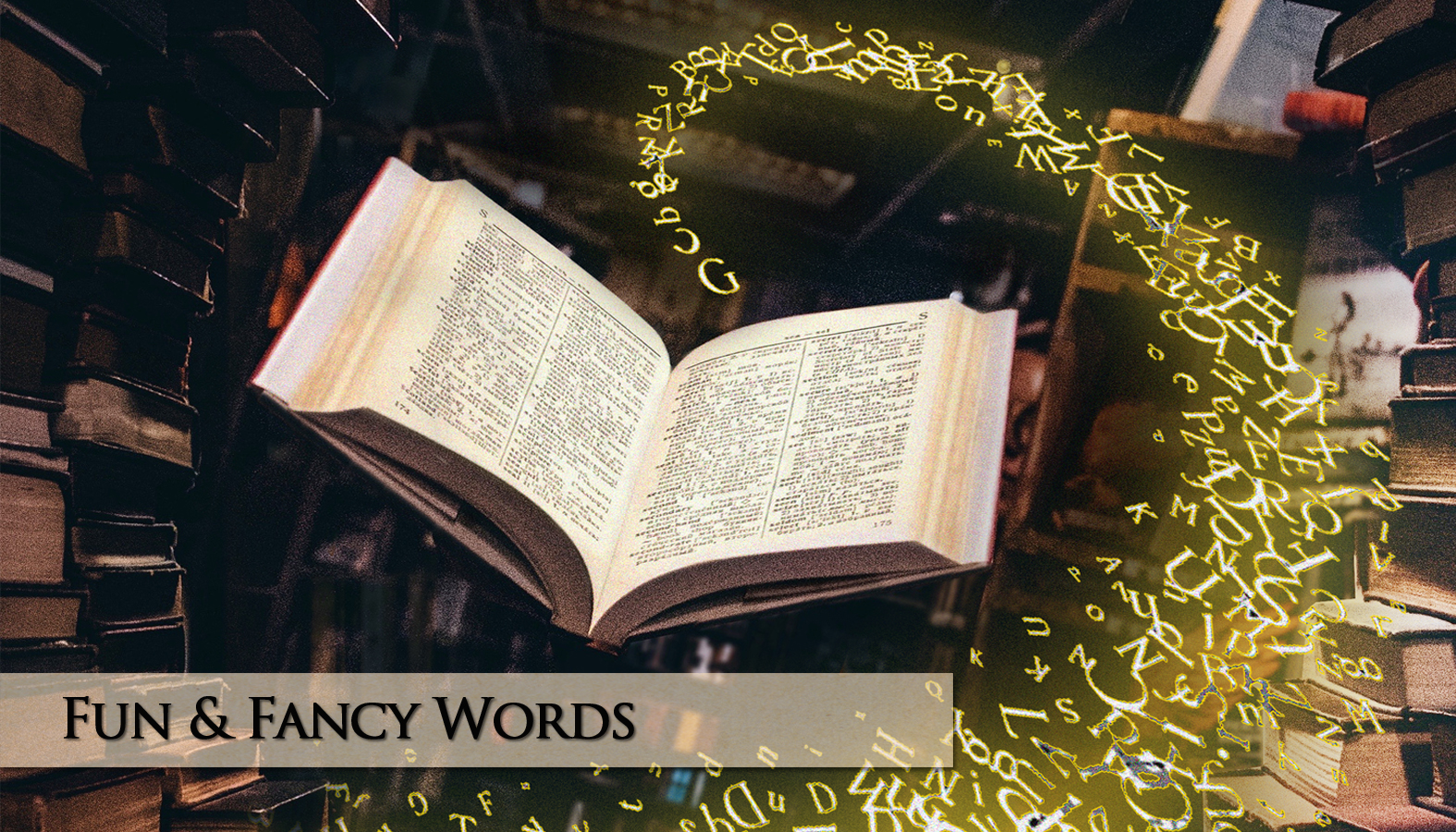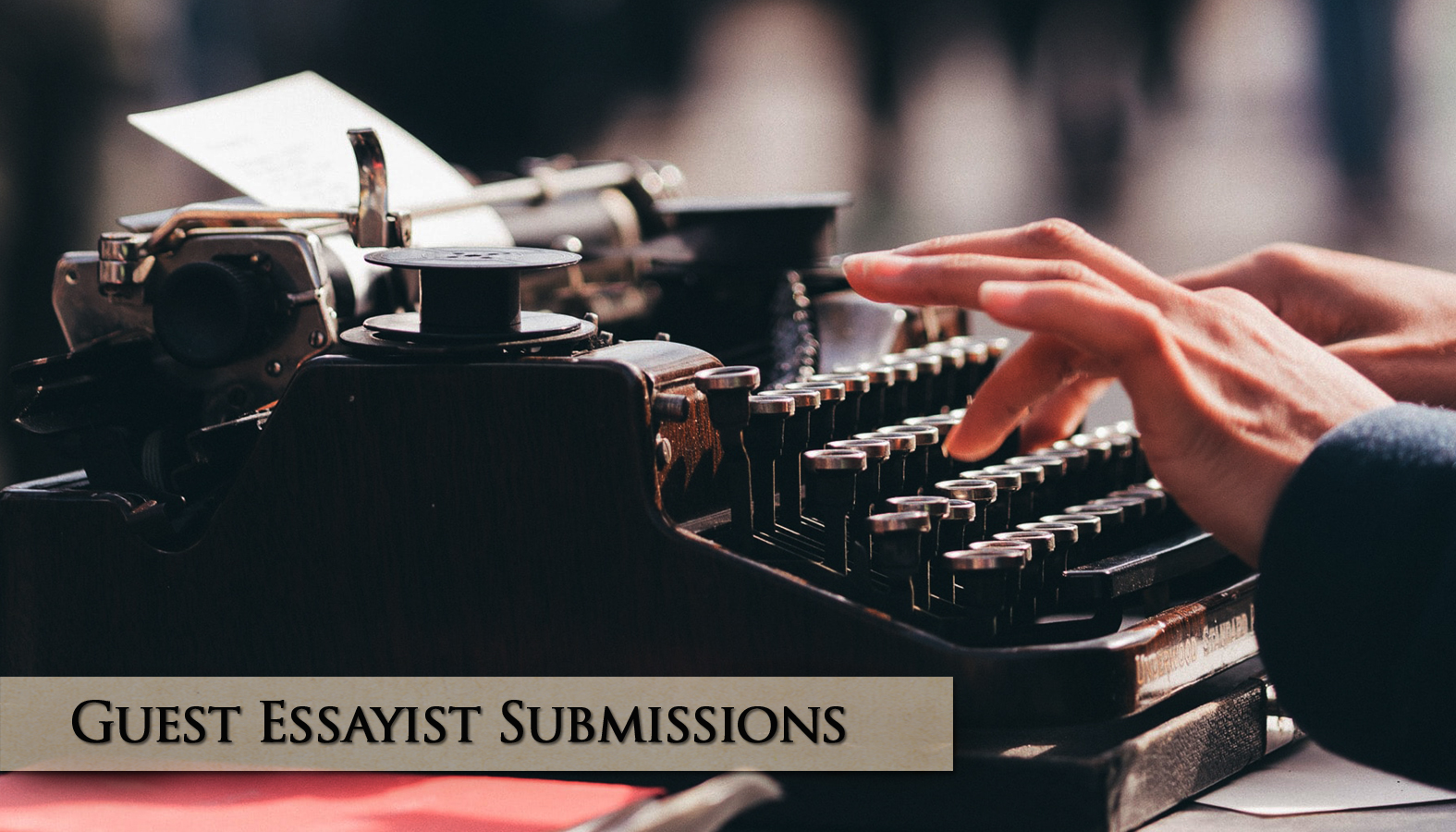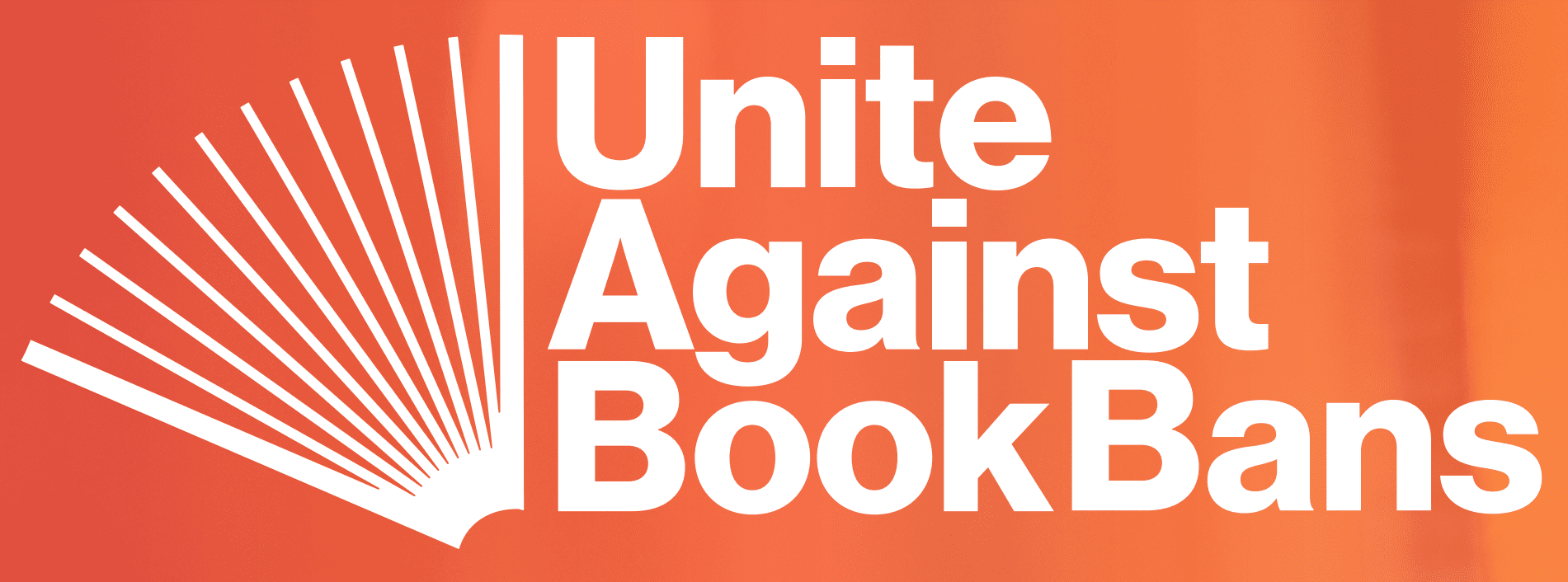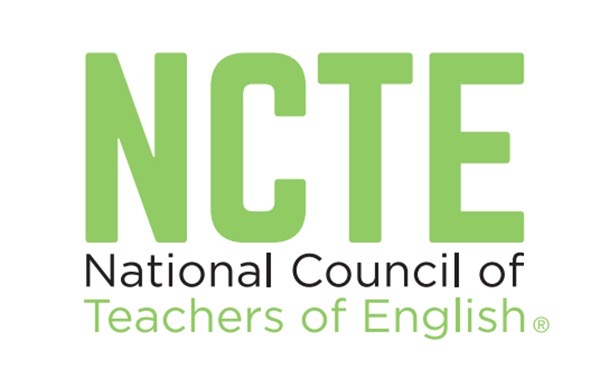Stop Bullying: Books are a Powerful Tool
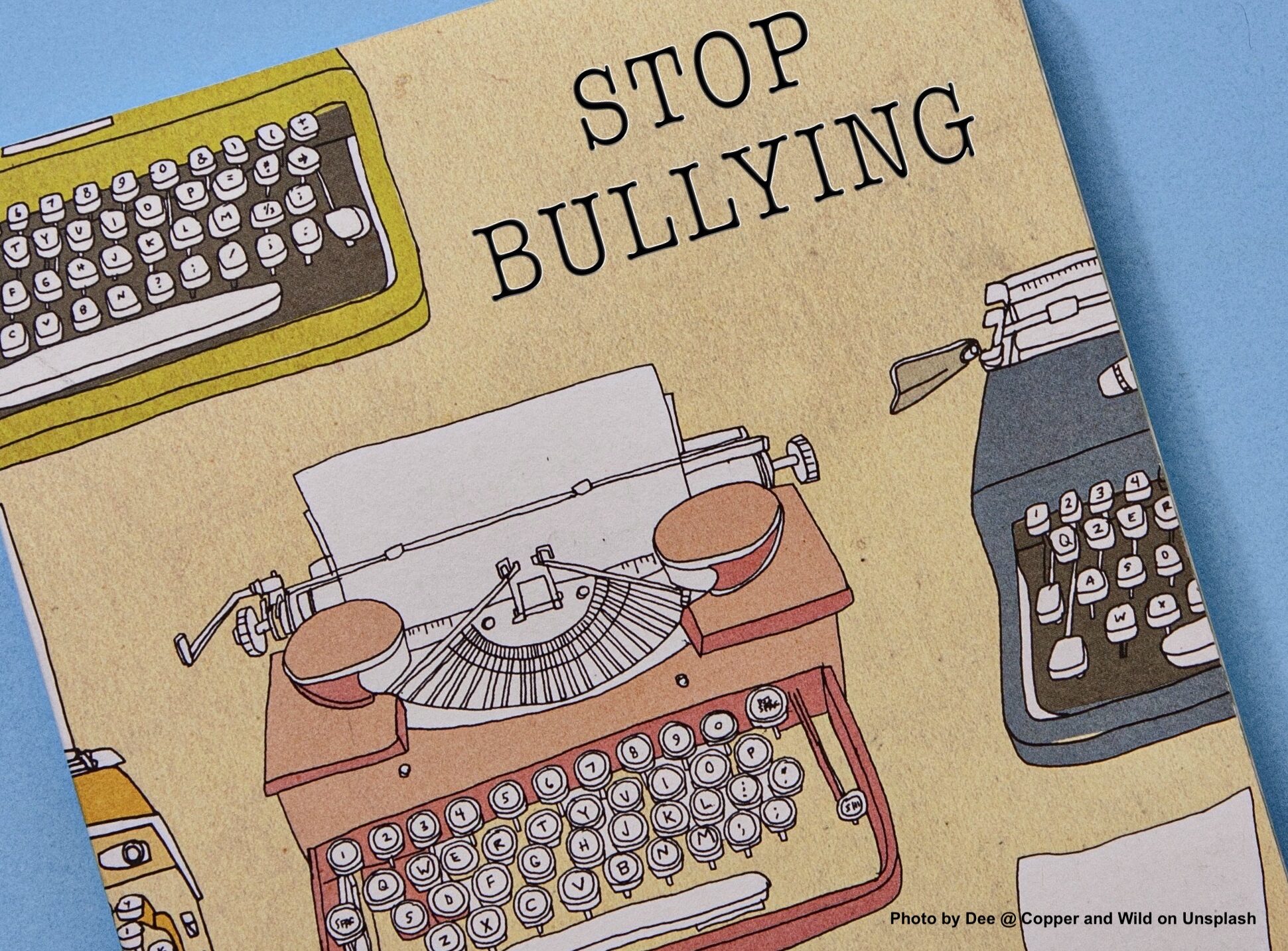

orty-two percent of all books that are banned contain topics pertaining to health and wellbeing for students, like bullying, and the substance abuse and suicide it can lead to.[1]
Yes, depictions of human cruelty can be intense, but we can’t afford to be silent on the subject. Banning books with bullying themes is doing more harm than good. Because, banning these books eliminates one of the best tools for addressing the behavior.
A recent survey of public-school superintendents indicates that over 75% express concern over one form of bullying or another.[2] The concern is understandable.
One in five high school students report being bullied at school in the last year. But it doesn’t just happen among high school students. Reports of bullying are highest in middle schools, and yes, bullying takes place in primary schools too.
Bullying can, of course, result in physical injuries of varying severity. But whether it takes the form of physical, emotional, social, or online bullying, the psychological effects are far-reaching and significantly more concerning. Bullying of any kind can not only lead to social and emotional distress, but also self-harm, and even death.
Being bullied can increase the risk of depression, sleep difficulties, anxiety, lower academic achievement, and dropping out of school.
Though we typically associate such concerns with students who are being bullied, youth who bully others are at increased risk for academic problems, substance abuse, and experiencing violence later in their adolescence and adulthood.[3]
School-based programs are being implemented to deal with bullying. Sometimes referred to as social-emotional learning, these programs are designed to enhance emotional and interpersonal skills. This includes empathy, emotional awareness and regulation, communication and problem-solving, as well as conflict management and teamwork.
This approach also seeks to change the way youth think about and engage with violence, by providing information about the psychological repercussions for all parties involved.[4]
Not surprisingly, books are an excellent resource for teaching these social and emotional skills. Needless to say, literature is chockfull of emotions as characters experience the ups and downs of their often-dramatic lives. When students examine the emotions of the characters they’re reading about, they not only gain a greater understanding of the text, but also their own feelings… not to mention those of their classmates.[5]
Yes, sometimes the emotions we feel when reading about bullying and its associated mental health issues can be difficult. But empathy, emotional awareness, and interpersonal skills can’t be developed without engaging such emotions. Social growth doesn’t happen in a vacuum.
So it’s disappointing, and more than a little disconcerting, when books containing themes of bullying are banned. Because these books happen to be the best ones for opening dialogue about bullying. So when they’re banned, one of the best tools for addressing bullying behavior has been eliminated, leaving students vulnerable to its damaging psychological effects.
Here are just a few examples:
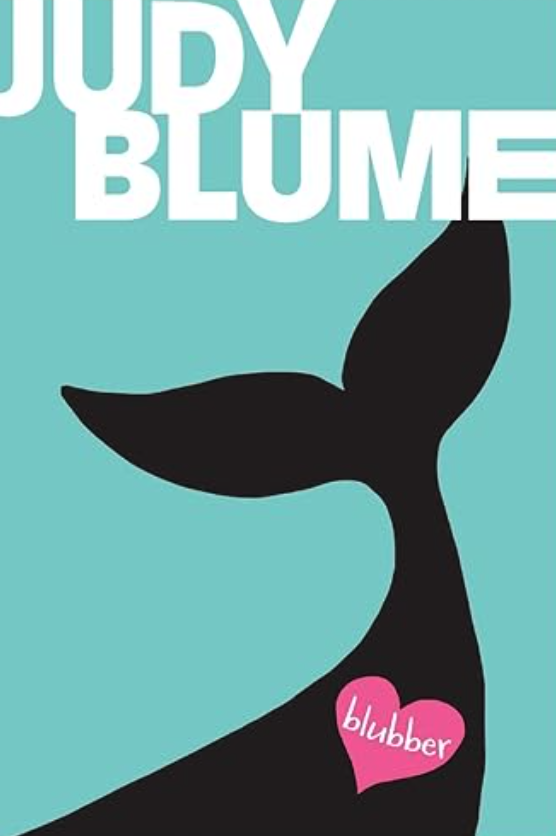
Blubber was banned for “allowing evil behavior to go unpunished.” Inspired by an incident in her daughter’s fifth grade class, Judy Blume points out the hard truth that in real life bullies often get away with their bad behavior. As stated in one now-grown reader’s testimonial, Blubber gave her solace despite the fact that the bullies went unpunished. Because it wasn’t about the bullies. It was about the reader, and this reader realized she was not alone, that being bullied was not something that happened only to her, that others knew how she felt. And that meant everything. [6]
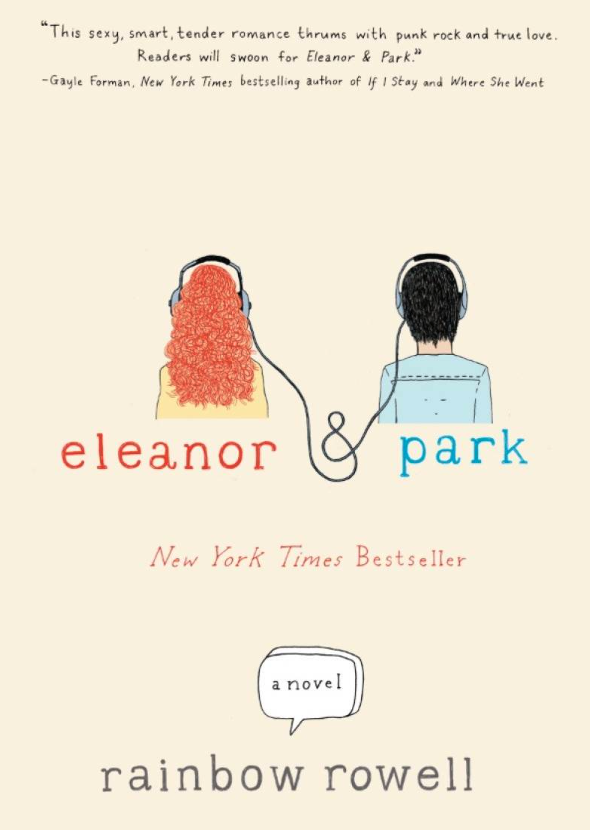
Rowell’s book follows two outcast teens. They’re authentic characters, awkward-uncomfortable-in-their-own-skin teens. And they happen to fall in love. Banned for being “dangerously obscene,” this description refers to foul language hurled at the pair as they’re bullied at school… and in Eleanor’s case, also at home. And there’s a scene where they “get to second base,” as it were — but agree not to “go all the way.” World-changing, indeed life-saving stuff often comes to outcasts like Eleanor and Park. Banning books like this one takes the life preservers off the proverbial boat. [7]
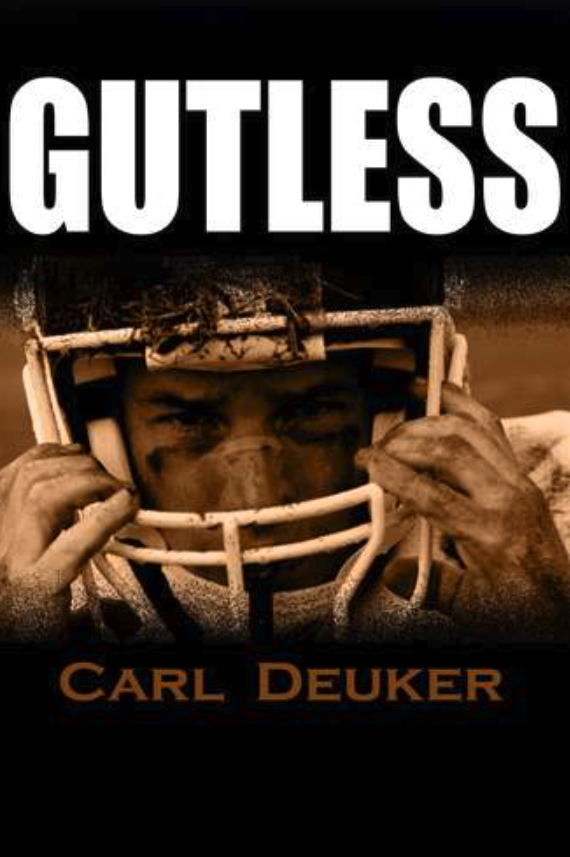
Gutless is a young-adult novel about a high school football player finding courage and standing up to bullies. It’s been banned because of a passage that describes a girl revealing her breasts, and the narrator’s reaction to it. Carl Deuker sums it up best, “The main character learns through the course of the novel that developing the moral courage to stand up to evil is essential, far more important than physical courage on an athletic field. The teachers would have used the book to take on the topics of bullying and abuse of power.” But now they won’t have that opportunity. [8]
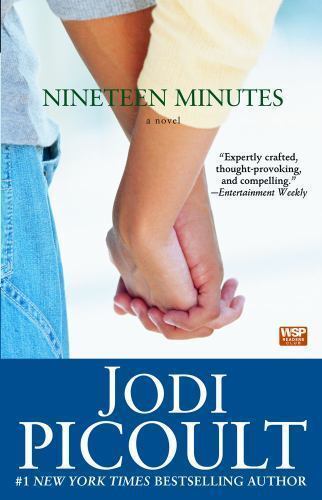
This book has been challenged due to its depiction of a school shooting, the bullying and violence between romantic partners that lead up to it, as well as the trauma and suicides that followed. Picoult’s work depicts the full range of psychological repercussions associated with bullying. As one testimonial puts it, “If we’re unwilling to let young people read about, think about, process and dissect the very traumas they experience all around them, how can we ever hope to solve these problems?” [9]
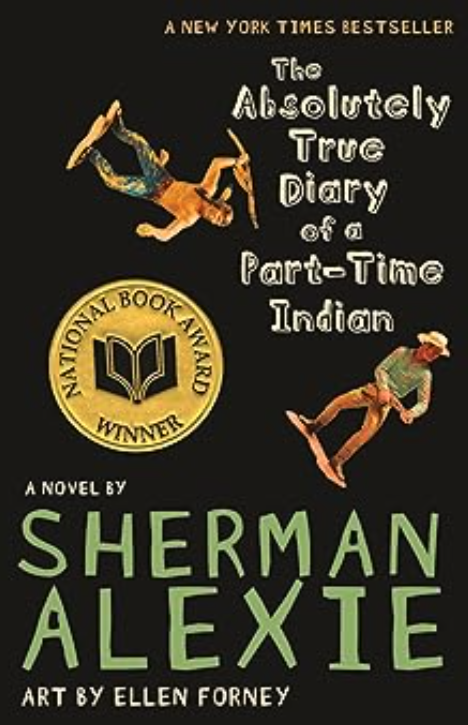
The Absolutely True Story of a Part-Time Indian was banned 16 times during the 2021-2022 school year alone. The problem? It contains bullying, as well as alcohol usage, profanity, poverty, and sexuality. It’s also been challenged because of cultural insensitivity. Clearly, it deals with important issues, especially for middle schoolers and high schoolers, who are often bullied, feel like an outcast and are uncertain about their place in the world. A book is read in classrooms because of the relevant issues it addresses, and the lessons to be learned from discussing them. This can’t happen if it’s been banned from the classroom.[10]

#banned books #benefits of humanities #bullying
Endnotes:
[1] “Book Bans in Public Schools” PEN America.
[2] 2023 Voice of the Superintendent. EAB (Formerly Education Advisory Board). Pg 12.
[3] Preventing Bullying. 2018. CDC.gov. https://www.cdc.gov/violenceprevention/pdf/bullying-factsheet508.pdf
[4] A Comprehensive Technical Package for the Prevention of Youth Violence and Associated Risk Behaviors. Centers for Disease Control and Prevention, 2016. Pg 21.
[5] “Developing Social-Emotional Skills Through Literature.” Thoughtful Learning. https://k12.thoughtfullearning.com/blogpost/developing-social-emotional-skills-through-literature
[6]“Why you should read these 51 banned books now.”
https://www.usatoday.com/story/entertainment/books/2023/09/29/banned-books-read-these-books-now-and-why-in-defense-of-books/71008499007/
[7] “Don’t Ban Books Like Eleanor and Park, Teens Need Them.” Book Riot.
https://bookriot.com/dont-ban-books-like-eleanor-park-teens-need/
[8] “Banned Books 2018 – Gutless.” https://www.marshall.edu/library/bannedbooks/gutless/
[9] “Why you should read these 51 banned books now.”
https://www.usatoday.com/story/entertainment/books/2023/09/29/banned-books-read-these-books-now-and-why-in-defense-of-books/71008499007/
[10] Martin, Jennifer. “the 50 Most Banned Books in America.” https://www.cbsnews.com/pictures/the-50-most-banned-books-in-america/45/



